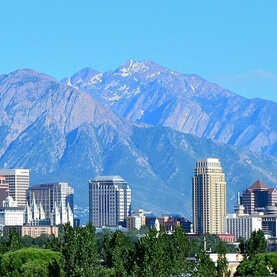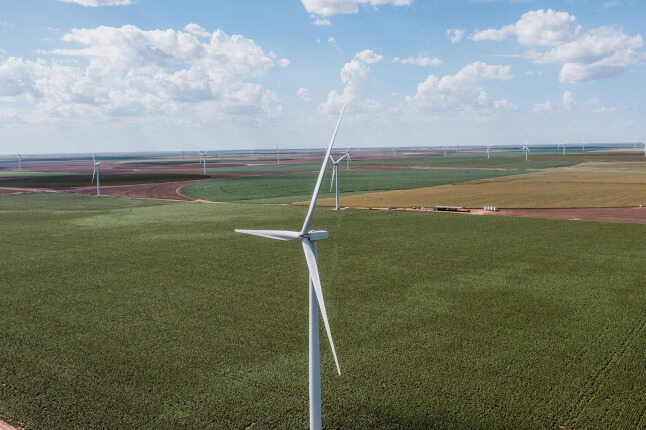News
Researchers have been able to accurately estimate greenhouse gas emissions from Salt Lake City, raising hopes for independent verification of CO2 cuts. (Image: flickr/countylemonade.)
Negotiating an international agreement to fight climate change is hard enough. But for the past several years, scientists have warned that verifying whether countries meet their pledges to cut greenhouse gas emissions could be even harder.
Current U.N. rules require countries to submit national emissions inventories. But the data are self-reported and not required annually from all countries, and there is not always independent information to verify it.
The issue, politically sensitive for many nations, was a bone of contention for the United States and China at U.N. climate talks last year in Cancun, Mexico, although negotiators eventually agreed to develop a global monitoring system.
Now a new government-funded study suggests researchers are getting closer to being able to independently verify an individual nation's CO2 output.
Researchers at Harvard University, the University of Utah and the National Center for Atmospheric Research say they were able to accurately measure carbon dioxide emitted in Salt Lake City using ground stations, weather and land-use data, and a computer model.
Topics: Environment, Climate
Cutting-edge science delivered direct to your inbox.
Join the Harvard SEAS mailing list.



